Find Your Voice: How Group Therapy Transforms Social Anxiety
The feeling is unmistakable. A knot forms in your stomach, your palms begin to sweat, and your mind races with a thousand worst-case scenarios. A simple invitation to a party, a request to speak in a meeting, or even the thought of making a phone call can trigger a wave of intense fear. This is the world of social anxiety, a place where the fear of judgment and scrutiny can feel like a cage, shrinking your world one missed opportunity at a time. But what if the very thing you fear, being in a group of people, was actually the key to your freedom? It sounds like a paradox, a cruel joke even, but for countless individuals, social anxiety group therapy is not just a treatment, it is a transformation. It’s a space designed not to expose your greatest fear, but to help you understand it, dismantle it, and ultimately, walk past it with a newfound confidence you never thought possible.

What Exactly is Social Anxiety?
Social anxiety disorder, also known as social phobia, is a mental health condition characterized by an intense and persistent fear of being watched and judged by others. This is far more than simple shyness, it is a powerful fear that can disrupt daily life, interfering with work, school, and the ability to form and maintain relationships.
This isn’t just about feeling nervous before giving a speech. It’s a pervasive worry that can make everyday interactions feel like a high-stakes performance. People with social anxiety are often intensely self-conscious, worried that they will act in a way that leads to embarrassment or humiliation, such as blushing, stumbling over their words, or appearing incompetent. The fear can be so severe that it leads to complete avoidance of the situations that trigger it, creating a cycle of isolation and reinforcing the anxiety.

How does it differ from being shy?
Shyness is a personality trait, while social anxiety is a clinical disorder. A shy person might feel uncomfortable in new social situations but can typically warm up over time, their discomfort is usually short-lived and doesn’t cause significant distress or impairment in their life.
Social anxiety, on the other hand, involves a level of fear and anxiety that is disproportionate to the actual situation. The distress is immense and can begin weeks before a social event, a phenomenon known as anticipatory anxiety. After the event, a person with social anxiety might spend hours or even days ruminating, replaying their interactions and criticising their perceived flaws. This level of impairment is what separates a trait from a disorder.

What are the common triggers?
Common triggers for social anxiety are incredibly varied and can be unique to each individual. For some, the fear is tied to performance situations, like public speaking, playing a sport, or even eating in front of others. They fear their actions will be scrutinized and judged negatively.
For others, the anxiety is more generalized, arising in almost any interaction with other people. This can include meeting new people, making small talk, using public restrooms, making eye contact, or attending parties. The underlying fear is consistent, the belief that they will be negatively evaluated, rejected, or offend someone.

Why is Group Therapy So Effective for Social Anxiety?
Group therapy is uniquely effective for social anxiety because it creates a safe, controlled, and supportive environment where individuals can directly confront the fears they have been avoiding. It functions as a real-world social laboratory, allowing members to practice skills and challenge anxious thoughts with the guidance of a professional and the support of peers who truly understand what they are going through.
Instead of just talking about social fears in a one-on-one setting, the group format provides immediate opportunities for practice. It moves the therapy from the hypothetical to the practical, which is the most crucial step in overcoming avoidance and building genuine, lasting confidence in social situations.
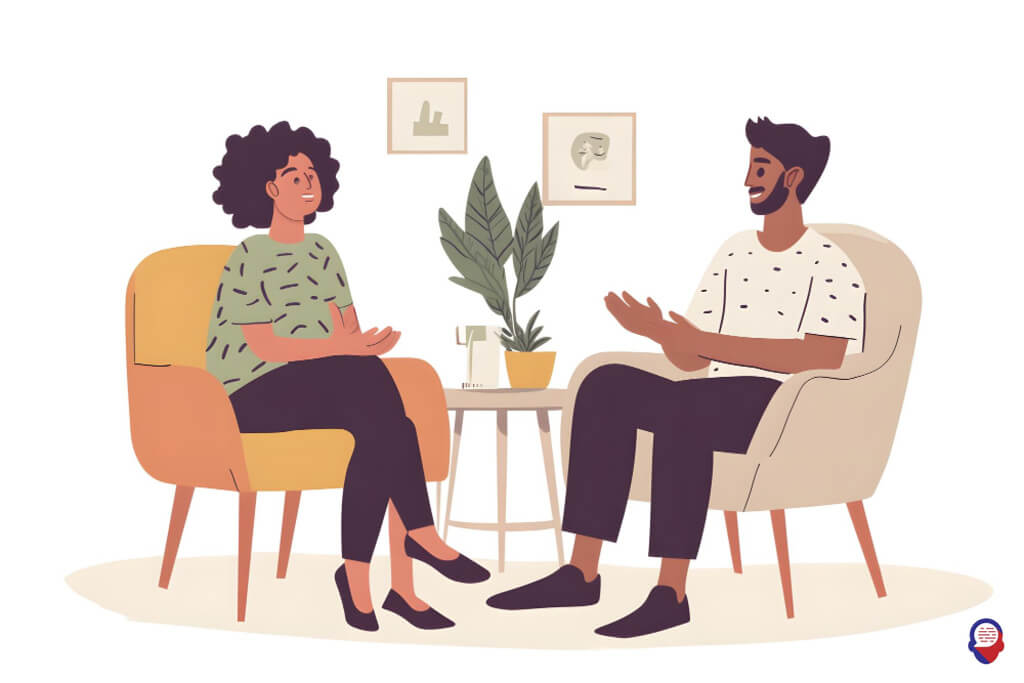
Doesn’t a group setting sound terrifying?
Yes, for someone with social anxiety, the idea of willingly joining a group can sound like their worst nightmare. This paradox is the very source of its power. Therapists who specialize in these groups understand this fear intimately and design the entire experience to be gradual, gentle, and overwhelmingly supportive.
The group is not a hostile audience, it is a team. Everyone in the room is fighting the same battle. The therapist acts as a skilled facilitator, ensuring no one is ever forced into a situation they are not ready for. The process begins slowly, perhaps just by being present and listening, and progresses at a pace that feels manageable for each member, turning a place of perceived danger into a sanctuary for growth.

What is the principle of universality?
Universality is the profound and healing realization that you are not alone in your struggle. People with social anxiety often feel uniquely flawed, believing they are the only ones who experience such intense fear over seemingly simple social tasks. This belief breeds shame and isolation, which only makes the anxiety worse.
When you enter a therapy group and hear others articulate the very same fears, worries, and internal monologues that have plagued your own mind, it’s a moment of immense relief. The shame begins to dissolve. Knowing that others, who appear capable and normal, share your deepest anxieties breaks the spell of isolation and fosters a powerful sense of connection and hope. This shared experience is a cornerstone of the healing process in group therapy.

How does it provide a social laboratory?
A social anxiety group acts as a living laboratory for social interaction. It is a controlled environment where you can experiment with new behaviors without the risk of the catastrophic consequences your anxiety predicts. Here, you can practice skills that feel impossible in the real world.
This might involve making eye contact with another member for a few seconds, asking someone a question, or sharing a brief opinion. The therapist and other group members provide gentle, constructive feedback. This immediate, real-world practice, followed by supportive feedback, helps to systematically dismantle anxious beliefs. You learn experientially that your feared outcomes, like being judged or rejected, rarely happen, and even if you feel awkward, the world doesn’t end.

What Happens Inside a Social Anxiety Therapy Group?
A typical social anxiety group session follows a structured format designed to maximize safety and therapeutic benefit. Sessions are led by one or two trained therapists and usually begin with a check-in, where members briefly share their experiences from the past week, particularly any social challenges they faced or goals they attempted.
Following the check-in, the session will focus on a specific theme or skill. This might involve a psychoeducational component, where the therapist teaches a concept related to anxiety, followed by group discussion or a structured therapeutic activity. The session concludes with members setting a small, achievable social goal for the upcoming week, ensuring that the work continues outside the therapy room.

Who leads the group?
Social anxiety therapy groups are led by qualified mental health professionals, such as psychologists, licensed therapists, or clinical social workers, who have specialized training in both group therapy dynamics and evidence-based treatments for anxiety disorders. The therapist’s role is multifaceted and crucial for the group’s success.
The leader is not just a lecturer, they are a facilitator, a coach, and a protector of the group’s safety. They guide discussions, introduce therapeutic exercises, manage the group’s dynamics to ensure everyone feels respected, and gently encourage participation without applying pressure. Their expertise ensures that the group remains a therapeutic space focused on recovery and growth.

What kind of activities can I expect?
The activities within a group are designed to target the cognitive and behavioral components of social anxiety. You can expect a mix of learning, discussion, and active practice. One common activity is cognitive restructuring, where the group works together to identify and challenge the automatic negative thoughts that fuel social fear.
Another key component involves behavioral experiments or role-playing. For example, the group might practice initiating conversations, giving and receiving compliments, or disagreeing respectfully. These exercises start small and are done within the supportive context of the group, allowing members to build skills and confidence before trying them in more challenging real-world settings.

Is there pressure to talk immediately?
Absolutely not, there is no pressure to talk or participate before you feel ready. A skilled group therapist understands that for many members, the initial goal might simply be to attend the session and sit in the room with others without fleeing. This act alone is a significant step and a form of exposure therapy.
The therapist will create an environment where listening is valued as a form of participation. Over time, as you observe the interactions, experience the group’s supportiveness, and feel the power of universality, you will likely find your own willingness to contribute growing naturally. The pace is always dictated by your own comfort level.

What are the Core Techniques Used in These Groups?
The most effective social anxiety groups are built upon a foundation of evidence-based therapeutic techniques. These methods are not random, they are scientifically validated approaches designed to systematically address the underlying mechanisms of social anxiety, helping members to change their relationship with fear.
The primary goal of these techniques is to help you understand the connection between your thoughts, feelings, and behaviors. By learning to intervene in this cycle, you gain active control over your anxiety rather than feeling like a passive victim of it. The most common and successful of these techniques are derived from Cognitive Behavioral Therapy (CBT), exposure therapy, and mindfulness practices.
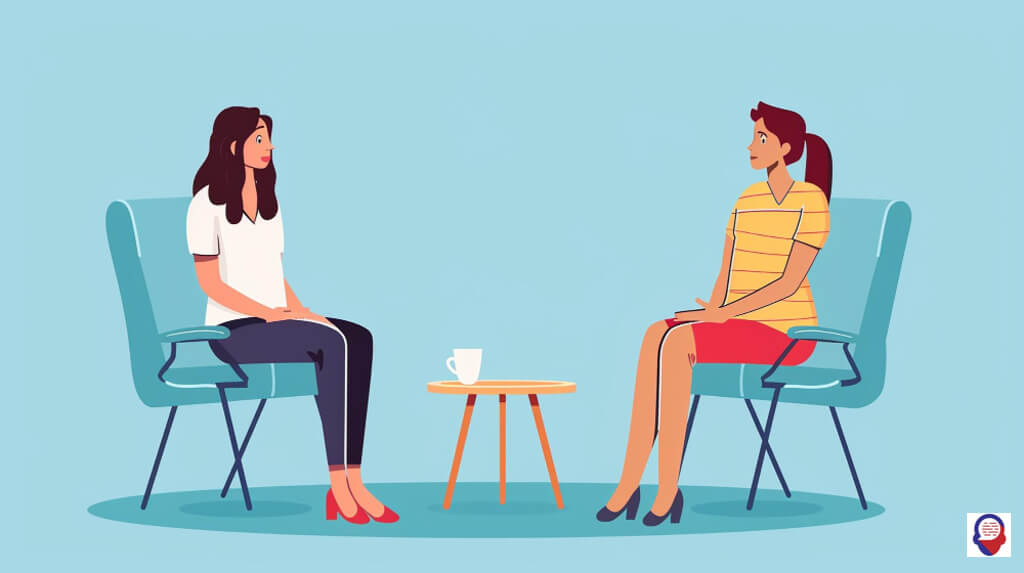
How does Cognitive Behavioral Therapy (CBT) work in a group?
Cognitive Behavioral Therapy, or CBT, works in a group by helping members identify, question, and reframe the distorted thinking patterns that fuel social anxiety. The group setting is particularly powerful for this process. A therapist will teach the group how to spot common cognitive distortions, such as "mind reading" (assuming you know what others are thinking) or "catastrophizing" (imagining the worst possible outcome).
When one member shares an anxious thought, like "If I stumble over my words, everyone will think I’m an idiot," other group members can offer alternative perspectives. They might point out that they didn’t even notice the stumble or that they would never judge someone so harshly for it. This collective feedback is often more powerful than a therapist’s reassurance alone, as it provides real-world evidence against the anxious thought.

What is exposure therapy and how is it done safely?
Exposure therapy is a behavioral technique that involves gradually and systematically confronting feared social situations to learn that they are not as dangerous as your anxiety predicts. In a group setting, this is done with extreme care and safety. The process begins by creating a "fear hierarchy," a list of social situations ranked from least to most anxiety-provoking.
The group starts with low-level exposures, such as making eye contact or saying hello to another member. As confidence builds, members move up their hierarchy, perhaps practicing asking a question or sharing a brief story. The key is that it is gradual, voluntary, and fully supported. The group celebrates each small victory, which rewires the brain to associate these situations with success and mastery instead of fear and failure.

What role does mindfulness play?
Mindfulness plays a crucial role in helping individuals manage the intense physical and mental symptoms of anxiety in the moment. Social anxiety often pulls a person’s attention inward, focusing on a racing heart, blushing cheeks, or a whirlwind of negative thoughts. Mindfulness teaches you how to shift your attention.
Group sessions may incorporate mindfulness exercises, such as guided breathing or a body scan meditation. These practices help you to anchor yourself in the present moment rather than getting lost in future worries or past embarrassments. You learn to observe your anxious thoughts and physical sensations without judgment, as if they are passing clouds. This creates a space between you and your anxiety, giving you the power to choose how you respond.

How Can I Prepare for My First Group Session?
Preparing for your first group session can help ease some of the anticipatory anxiety and set you up for a positive experience. The key is to focus on understanding the process and setting realistic, gentle expectations for yourself.
Feeling nervous before your first session is not just normal, it is expected. Acknowledging this anxiety as a natural part of the process is the first step. Remember that everyone else in the room will likely be feeling the exact same way. You are walking into a space designed for people just like you.

What should I know beforehand?
Before your first session, it is helpful to gather some basic information. If possible, find out what therapeutic approach the group uses, such as CBT or ACT (Acceptance and Commitment Therapy), as this will give you an idea of the types of activities involved.
It is also essential to understand the group’s rules, particularly the rule of confidentiality. Knowing that what is shared in the group stays in the group creates the foundation of trust necessary for people to be vulnerable. You can usually find this information by speaking with the therapist or an administrator before you commit to joining.

What personal goals could I set?
Setting a small, manageable goal for your first session can provide a sense of purpose and reduce feelings of being overwhelmed. Your goal does not need to be ambitious. For many, a perfect goal for the first session is simply to show up, stay for the entire duration, and listen.
Other gentle goals might include making eye contact with the therapist once, or noticing one thing you have in common with another group member. The aim is not to perform, but to simply be present. Celebrating the achievement of this small goal afterwards can build momentum and confidence for the next session.

How can I manage anxiety before the session starts?
In the hours leading up to your first session, it is helpful to have a few simple tools to manage rising anxiety. Practice some slow, deep breathing exercises. Inhale slowly through your nose for a count of four, hold for a moment, and exhale slowly through your mouth for a count of six. This can help calm your nervous system.
You can also try a grounding technique. Focus on your five senses, notice five things you can see, four things you can feel, three things you can hear, two things you can smell, and one thing you can taste. This pulls your attention out of your anxious thoughts and into the present moment. Remind yourself that you are doing something courageous and positive for yourself.
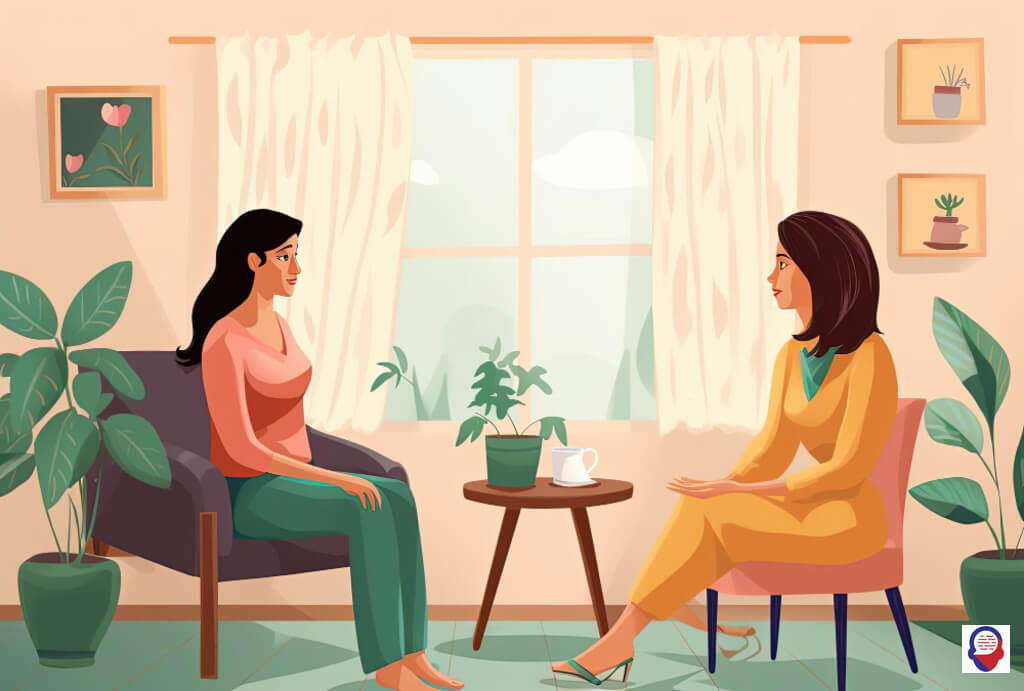
What are the Long-Term Benefits of Group Therapy?
The long-term benefits of successfully completing social anxiety group therapy extend far beyond simply feeling less nervous at parties. The process can fundamentally change your relationship with yourself and others, opening up a world of connection and opportunity that once felt inaccessible.
The skills and insights gained are not temporary fixes, they are durable tools that you can carry with you for the rest of your life. The experience rewires your brain’s response to social cues, replacing automatic fear with considered confidence and building a deep-seated belief in your own ability to handle social situations.
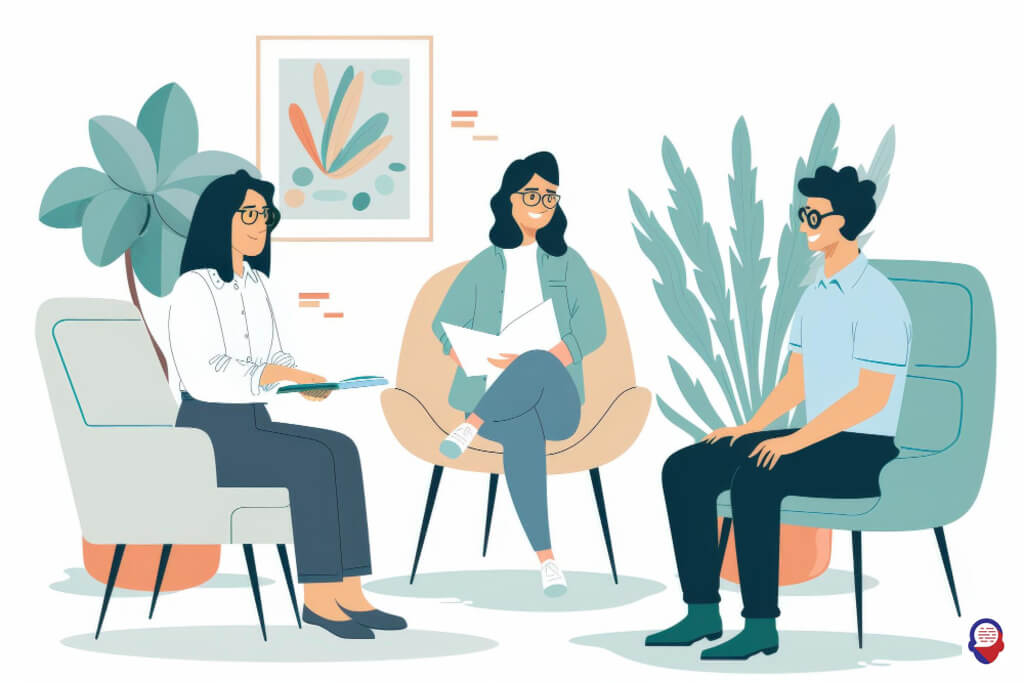
Will I build lasting confidence?
Yes, one of the most significant long-term benefits is the development of authentic and lasting self-confidence. This confidence is not based on pretending to be someone you are not, it is built on a foundation of repeated, successful experiences. Each time you face a small social fear in the group and see that you can handle it, you build a piece of evidence for your own capability.
This process, known as building self-efficacy, creates a positive feedback loop. As your belief in your ability to handle social situations grows, you become more willing to engage in them. This leads to more positive experiences, which further strengthens your confidence. It is a genuine transformation from the inside out.

Can it improve my relationships?
Absolutely, the skills learned in group therapy have a direct and powerful impact on all of your relationships. You learn how to listen more effectively, express your own thoughts and feelings more clearly, and navigate the natural give-and-take of social interaction with greater ease.
This can lead to deeper, more meaningful connections with friends and family. It can also open the door to new relationships, both platonic and romantic, that your anxiety may have previously prevented you from pursuing. By reducing the noise of anxiety, you are free to be more present, authentic, and engaged with the people you care about.
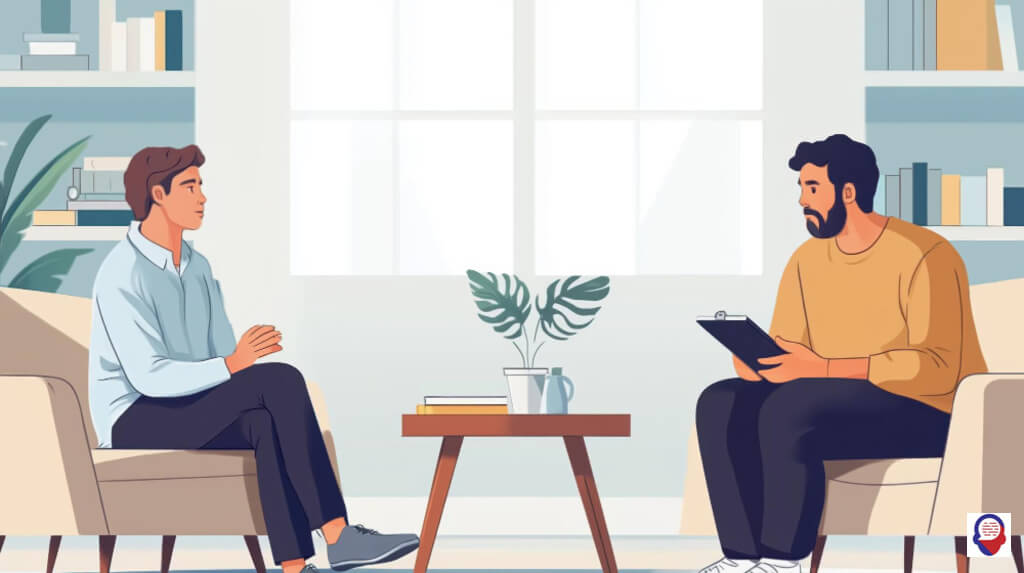
How do I maintain progress after the group ends?
Maintaining your progress after the group concludes involves continuing to apply the principles you have learned. The end of therapy is not the finish line, it is the beginning of a new way of living. This means continuing to gently challenge yourself to engage in social situations rather than avoiding them.
It also involves practicing self-compassion. You will have good days and days that feel more challenging, and that is perfectly normal. The goal is not perfection, but continued progress. By viewing every social interaction as an opportunity to practice your skills, you can continue to build on the incredible foundation you created in your therapy group.
Frequently Asked Questions

Is everything said in the group confidential?
Yes, confidentiality is the most important rule in any therapy group. Before the group begins, every member, along with the therapist, agrees to a strict code of confidentiality. This means that personal information shared within the session cannot be discussed with anyone outside the group. This rule is what creates the safe and trusting environment necessary for healing and vulnerability.

How long does group therapy typically last?
The duration of group therapy can vary depending on the program’s structure. Many social anxiety groups are time-limited, often running for a set number of weeks, typically between 12 and 20 sessions. This structure provides a clear beginning, middle, and end, which can be helpful for working towards specific goals. Other groups may be ongoing, allowing members to join and leave as they feel ready.

What if I’m just too afraid to speak up at all?
This is one of the most common fears people have before joining a group, and it is completely understood by the therapist. There is absolutely no requirement to speak until you feel ready. In the beginning, your participation can simply be listening and being present. The therapist will protect you from any pressure, and you will find that just by being in the room and absorbing the experience, you are already making progress.

How big are these therapy groups?
Social anxiety therapy groups are intentionally kept small to ensure that they feel safe and that everyone has an opportunity to participate if they choose. Typically, a group will consist of one or two therapists and between six to ten members. This size is large enough to provide diverse perspectives and practice opportunities, but small enough to foster a sense of intimacy and community.
At Counselling-uk, we understand that taking the first step towards overcoming social anxiety is an act of profound courage. The journey from isolation to connection can feel daunting, but you do not have to walk it alone. We are committed to providing a safe, confidential, and professional place where you can find the support you need for all of life’s challenges. If you are ready to find your voice and explore how group therapy can help you build a more confident future, we are here to help guide you.




